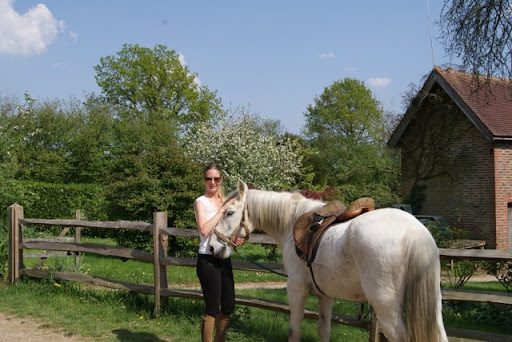When it comes to environmentally friendly design, the conversation tends to focus on buildings. Energy-efficient windows, smart thermostats, and low-flow toilets are some of the elements you might find in a green building. What about our outdoor spaces? The landscapes and yards of residential and commercial structures can also be eco-friendly. Former fashion designer and sustainable landscape design expert Rebecca Ford wants you to think about the following examples of sustainable landscape design.

1) Solar-Powered Lighting
Landscape lighting helps to beautify exteriors, highlighting architectural features, walkways, entrances, and other details. Consider the use of solar-powered lighting to reduce energy costs. During the day, these light fixtures soak sun rays and convert them to electricity for use when it’s dark.
2) Rainwater Collection
One of the best ways to incorporate sustainability into landscape design is through rainwater collection. You can use a rain barrel to collect water from a storm to be later used for irrigating plants and lawns. Rainwater collection systems come in various shapes and sizes that can be implemented into a landscape design or cleverly hidden by landscaping elements. You can save resources using rainwater for irrigation instead of potable water from the local municipality.
3) Native Plants
Rebecca Ford wants you to think about native plants when contemplating sustainable landscape features. Native plants are those that have naturally evolved and adapted to the conditions of the local area without the aid of humans. One advantage these plants have is that they usually require less maintenance than non-native varieties. Pesticides and fertilizers can be harmful to the local environment. Native plants also have deep roots, requiring less water. They are also more resilient to local weather patterns.
4) Xeriscapes
Water conservation is a major factor in sustainable design. Xeriscapes are landscapes that need little to no water for maintenance. While you might think this means a plant-free landscape, xeriscapes can survive on the water from natural rainfall. Some common elements of a xeriscape include plants that are drought-tolerant, sand, mulch, and hardscapes that allow water to soak through the ground underneath. Xeriscapes feature hardscapes made of materials such as pea gravel, decomposed granite, and river rock, instead of solid concrete.
5) Rock Gardens
Even if you don’t envision a full xeriscape for your outdoor space, rock gardens tend to be very eco-friendly. Rebecca Ford likes the idea of using local stones, rocks, and pebbles to beautify an exterior space. They can be incorporated easily with plants or alone to create walkways, outline areas, and provide a visual complement to a building’s architecture. Rocks require little to no maintenance.
Rebecca Ford, New Canaan resident and sustainable landscape enthusiast, loves the idea of incorporating sustainability into the aesthetics of landscape design and architecture. There are several sustainable design concepts that can be a part of a landscape, whether it’s that of a private home or a large commercial building. These are just a few examples that can be scaled up or down for a sustainable landscape.


































